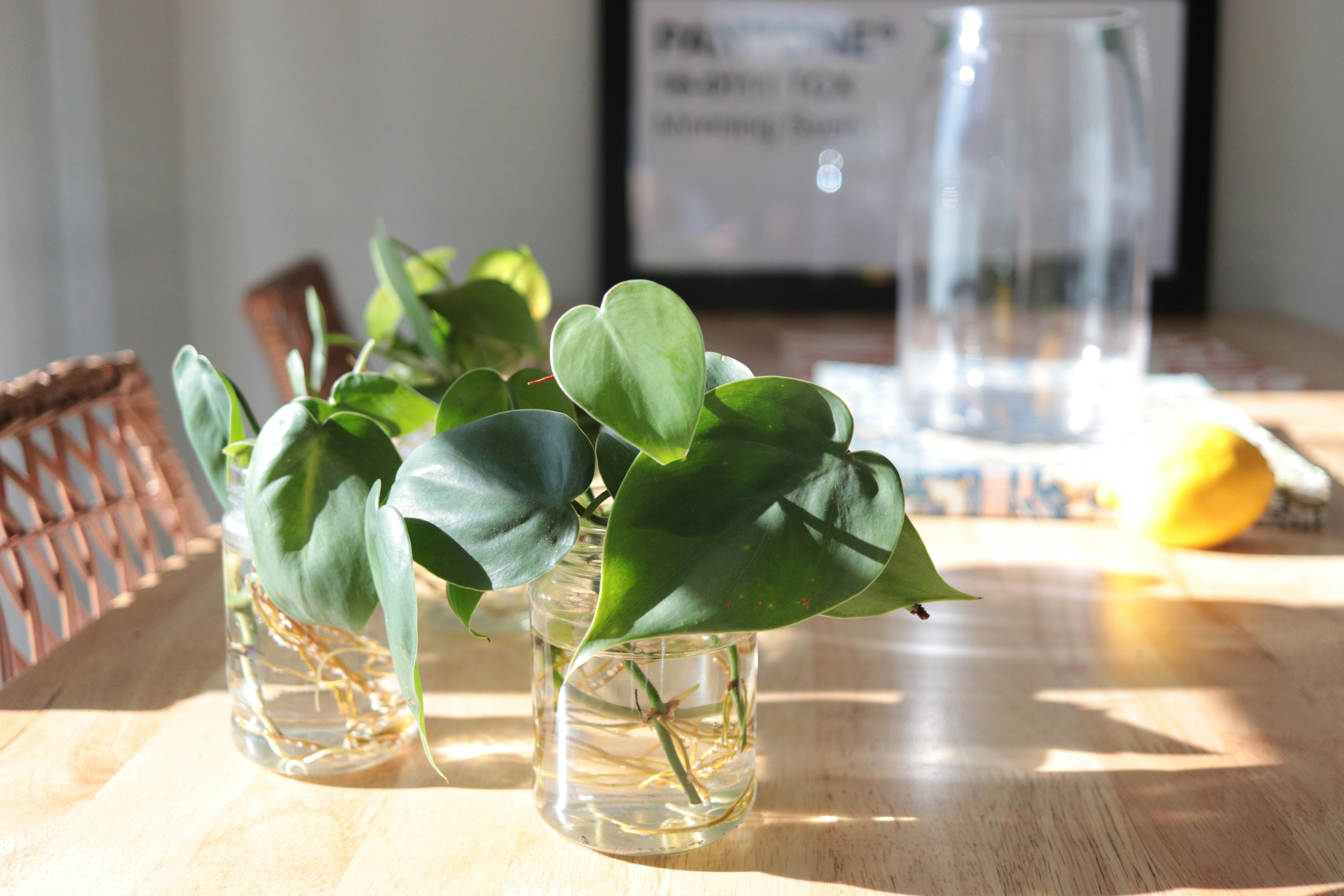
Choosing the right grow light for your houseplants can feel like a daunting task, especially with so many options on the market. But don’t worry! Giving your plants the light they need to thrive indoors is easier than you think. Whether you live in a low-light apartment or just want to give your green friends a boost during the darker winter months, the right grow light can make all the difference.
Why Do My Indoor Plants Need Supplemental Light?
Sunlight is the perfect food for plants, providing a full spectrum of light that fuels photosynthesis—the process of converting light into energy. Unfortunately, the windows in our homes often don’t provide enough direct, consistent sunlight for many popular houseplants. North-facing windows get very little direct sun, while even south-facing windows can be obstructed by trees, buildings, or curtains.
Without enough light, plants can become “leggy” (stretching out with sparse leaves), develop yellowing leaves, and fail to grow or flower. Supplemental grow lights act as a substitute for the sun, providing the specific wavelengths of light your plants need to stay healthy and vibrant.
Understanding Light Spectrum & Wattage
When you start shopping for grow lights, you’ll see terms like “full-spectrum,” “lumens,” and “wattage.” Here’s a simple breakdown:
- Light Spectrum: This refers to the different colors (wavelengths) of light. Plants primarily use blue light for leafy growth and red light for flowering and fruiting. A full-spectrum grow light mimics natural sunlight by providing a balance of these colors, making it the best all-around choice for most houseplants.
- Wattage: This measures the amount of energy the light consumes. While higher wattage often means a more powerful light, it’s not the only indicator of effectiveness. For LEDs, look at the Photosynthetic Photon Flux Density (PPFD) if available, which measures the amount of usable light that actually reaches the plant. For beginners, focusing on wattage is a good starting point—a 15-30 watt LED is often sufficient for a small collection of plants.
Types of Grow Lights
There are several types of grow lights, but two are most common for home use.
- LED (Light Emitting Diode): This is the most popular choice for a reason. LEDs are incredibly energy-efficient, have a long lifespan (often 50,000 hours or more), and produce very little heat, so you don’t have to worry about scorching your plant’s leaves. They come in a huge variety of shapes and sizes, from single bulbs to large panels.
- Fluorescent: These are another good option, especially for seedlings and plants that don’t need intense light, like African violets. T5 fluorescent bulbs are a common choice. They are less energy-efficient than LEDs and will need to be replaced more often, but they are a budget-friendly way to get started.
How to Choose a Grow Light for Your Plants
The best grow light for you depends on your plants and your space.
- For Low-Light Plants (e.g., Snake Plants, ZZ Plants): These plants are adaptable, but they’ll still appreciate a little boost. A single, lower-wattage LED bulb in a desk lamp or a small clip-on light is often enough. If you want to learn more about plants that thrive in darker spaces, check out our guide on the top 5 indoor plants for low-light apartments.
- For Medium-Light Plants (e.g., Pothos, Philodendrons): These plants will thrive with a bit more power. A gooseneck lamp with multiple heads or an LED strip light is a great way to cover several plants at once.
- For High-Light Plants (e.g., Succulents, Herbs): These sun-lovers need a more powerful setup. Look for a higher-wattage LED panel or multiple strip lights to give them the intense light they crave.
Our Top Product Suggestions
Here are a couple of excellent, beginner-friendly grow lights to get you started.
1. GE Grow Light LED Bulb
This is a simple, full-spectrum bulb that fits into any standard lamp fixture. It’s a fantastic, affordable way to turn any desk or floor lamp into a plant-nourishing light source without a complicated setup.
💡 Try the GE LED Bulb!2. SANSI LED Grow Light Bulb
This bulb is a step up in power and is great for plants that need more intense light. It uses a unique ceramic heat sink to stay cool and provides excellent, uniform full-spectrum light.
🌟 Get the SANSI LED light!
Frequently Asked Questions (FAQs)
How long should I leave my grow lights on? Most houseplants benefit from 12-16 hours of light per day. It’s best to use an automatic timer to ensure a consistent schedule, mimicking the natural cycle of day and night.
How far should the light be from my plants? This depends on the strength of the light. A good rule of thumb is to place LED lights 12-24 inches away from your plants. If the light feels hot to the back of your hand at plant-level, move it further away.
Do I still need to place my plants near a window? If your grow light is the primary light source, you don’t need window access. However, if you are just supplementing, keeping the plant near a window can still be beneficial.
Happy growing!